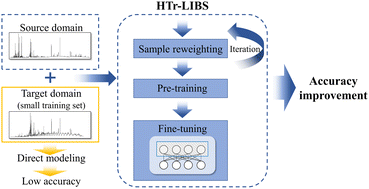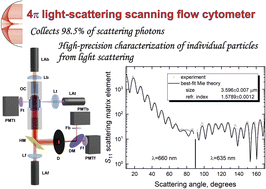Anal. Methods, 2023, Advance Article
DOI: 10.1039/D3AY01414B, Tutorial Review
DOI: 10.1039/D3AY01414B, Tutorial Review
Kazem Nejati-Koshki, Farzaneh Fathi, AmirAhmad Arabzadeh, Alireza Mohammadzadeh
Rapid and precise detection methods for the early-stage detection of cardiovascular irregularities are crucial to stopping and reducing their development.
To cite this article before page numbers are assigned, use the DOI form of citation above.
The content of this RSS Feed (c) The Royal Society of Chemistry
Rapid and precise detection methods for the early-stage detection of cardiovascular irregularities are crucial to stopping and reducing their development.
To cite this article before page numbers are assigned, use the DOI form of citation above.
The content of this RSS Feed (c) The Royal Society of Chemistry

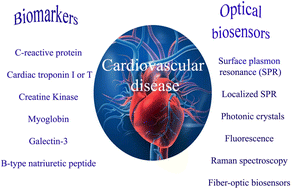
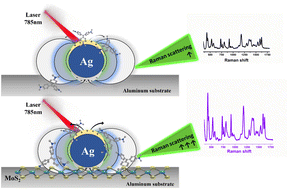
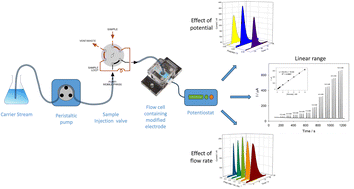
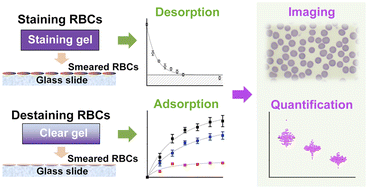
 Open Access
Open Access

